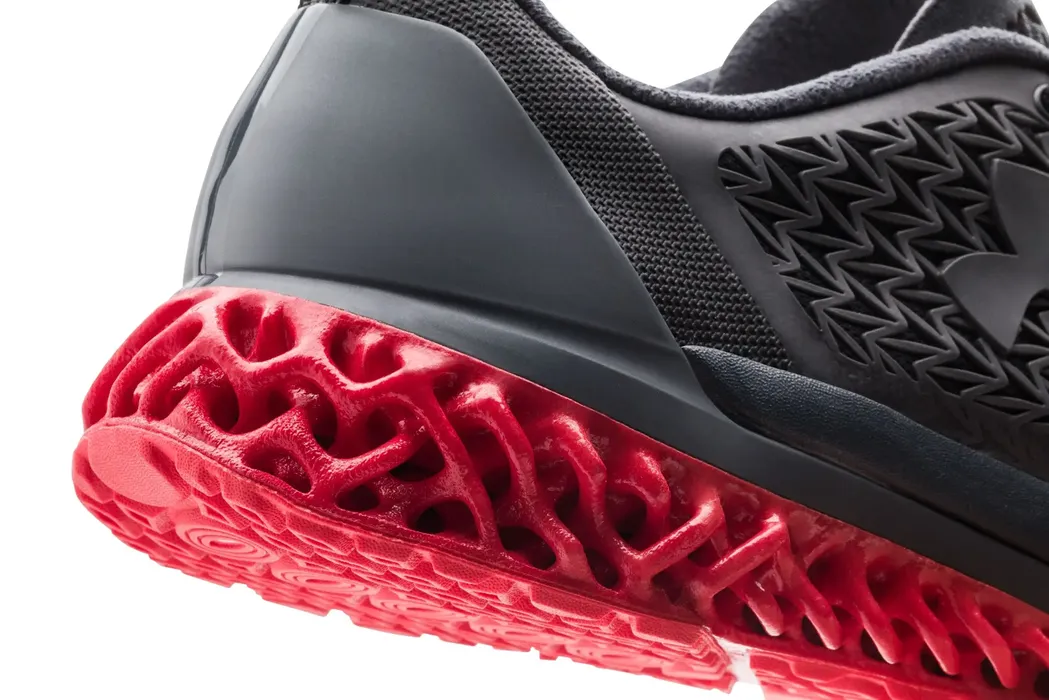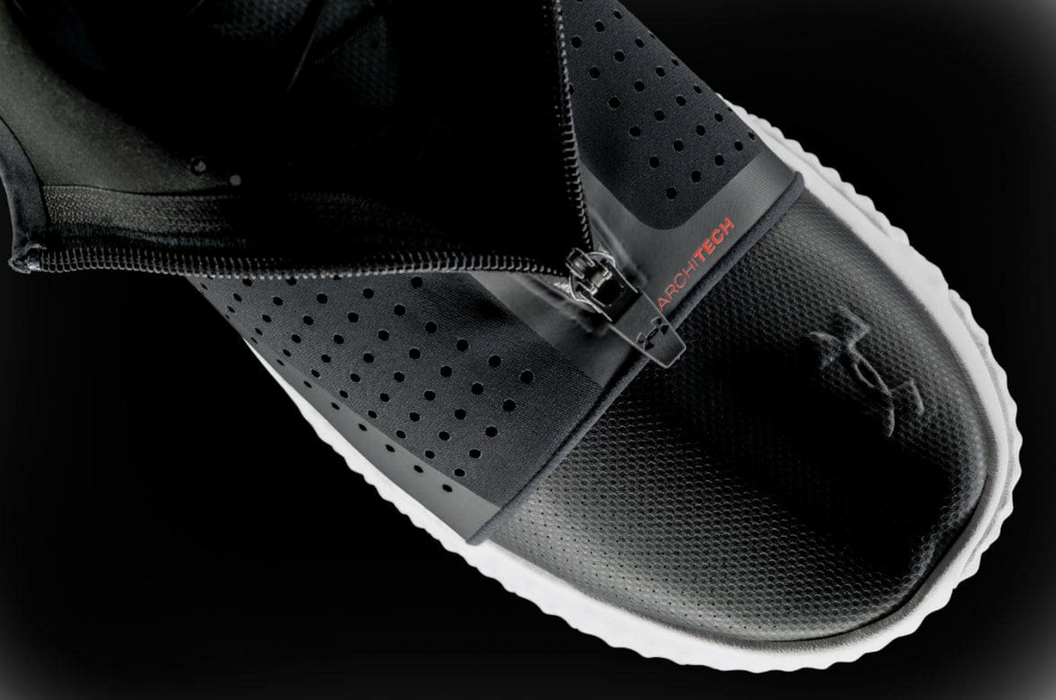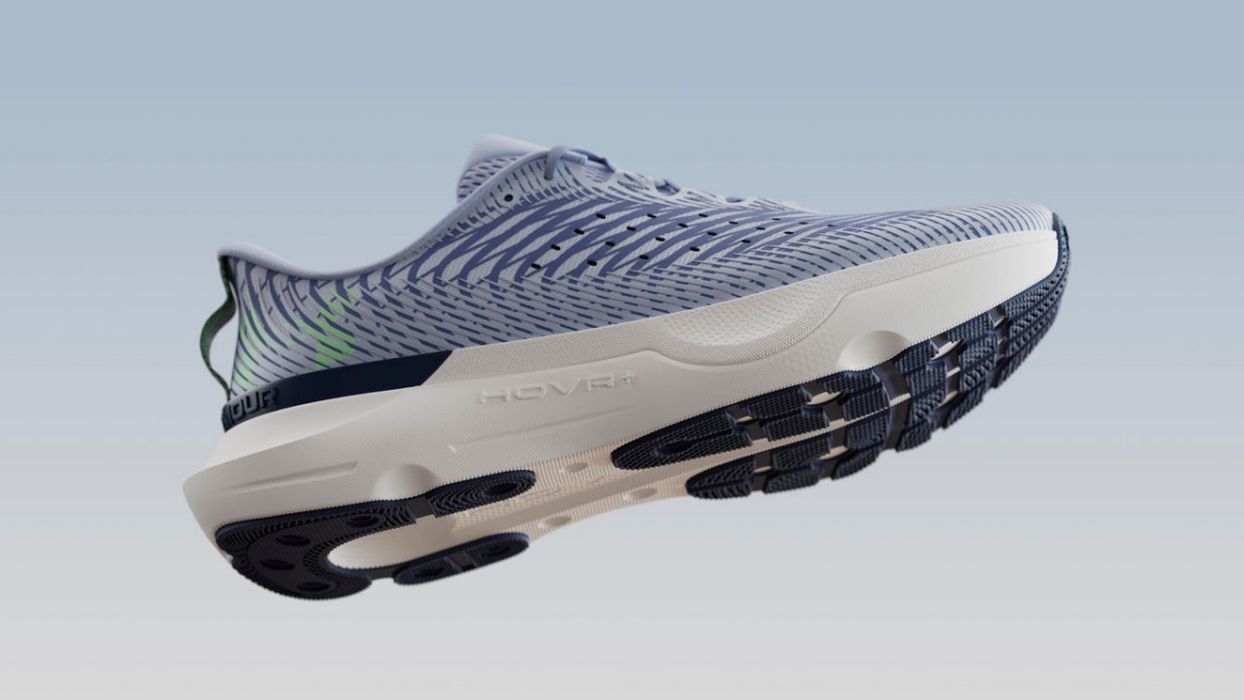
Charles R. Goulding and Preeti Sulibhavi delve into Kevin Plank’s strategic return to Under Armour, exploring how his product innovation focus and 3D printing technology could redefine the company’s competitive edge.
Kevin Plank, the founder of Under Armour (UA), returned as CEO for the company effective April 1, 2024. In recent years, we have seen founders like Howard Schultz return as CEO of Starbucks and Bob Iger return as CEO of Disney, as a product expert. Kevin Plank’s return is more analogous to Steve Jobs’ return to Apple.
Plank has always been strong on the product side, and analysts expect him to focus on product innovation and marketing during his second tenure as CEO. At least one analyst feels that the company needs to get stronger in footwear to compete with competitors like Nike and Adidas. Today’s footwear industry is increasingly utilizing 3D printing technology solutions. Under Armour wants its science to be a reality.

During his previous long-term tenure, Plank focused on innovation and developed a deep engineering team, including multiple PhDs. The company has nearly 800 patents and has engaged in substantial materials research for comfort and performance. Back in 2013, the company made a major joint venture investment with GE to focus on concussion research.
A second significant management change is the selection of Mohamed Aly El Erian as non-executive chairman. El Erian is internationally well-known as an investment expert and a columnist and commentator for Bloomberg and the Financial Times. Previously, Plank answered to no one, so this development should at least provide a sounding board for the returning founder.
Nike and Adidas are both implementing new business initiatives after some setbacks, so Plank is confronting a very competitive market undergoing changes in the athletic apparel and footwear space.
Under Armour has been actively exploring and implementing 3D printing technology in recent years.
Athlete-Specific 3D Printed Shoes
In 2018, Under Armour partnered with Envizioneering to create 3D printed shoes specifically tailored to individual athletes’ biomechanics and performance needs. This approach allowed for customized shoe designs based on factors like foot shape, running gait, and weight distribution.
3D Printed Midsoles
Under Armour has been using 3D printing to produce midsoles for some of its footwear lines. The company’s Architect line features 3D printed midsoles designed to provide superior cushioning and energy return compared to traditional foam midsoles.
3D Printed Cleats
In 2017, Under Armour unveiled a line of 3D printed cleats called the Architech Futurist. These cleats featured a 3D printed lattice structure designed to provide traction and support while being lightweight and breathable.
3D Printed Apparel
While not as widely publicized as their footwear applications, Under Armour has also explored 3D printing for apparel. In 2019, the company unveiled a 3D printed compression shirt designed to provide targeted ventilation and support for athletes.
The Under Armour Infinite Pro is engineered for balance, responsiveness and consistency. It features a hug-your-foot fit that includes a woven upper with airy vents and a 3D printed overlay for a snug, secure fit, regardless of speed and motion.

Meanwhile, Under Armour’s competitors have also been actively exploring 3D printing technology:
Nike has been using 3D printing to create prototypes and experiment with new shoe designs. The company’s Vapor Laser Talon football cleats featured 3D printed studs designed for better traction on the field.
Adidas has partnered with Carbon to produce 3D printed midsoles for their line of 4D shoes. The midsoles feature a lattice structure designed to provide cushioning and energy return.
The Research & Development Tax Credit
The now permanent Research & Development Tax Credit (R&D) Tax Credit is available for companies developing new or improved products, processes and/ or software.
3D printing can help boost a company’s R&D Tax Credits. Wages for technical employees creating, testing and revising 3D printed prototypes can be included as a percentage of eligible time spent for the R&D Tax Credit. Similarly, when used as a method of improving a process, time spent integrating 3D printing hardware and software counts as an eligible activity. Lastly, when used for modeling and preproduction, the costs of filaments consumed during the development process may also be recovered.
Whether it is used for creating and testing prototypes or for final production, 3D printing is a great indicator that R&D Credit-eligible activities are taking place. Companies implementing this technology at any point should consider taking advantage of R&D Tax Credits
Racing to the Finish Line…
As we have previously written in a Fabbaloo article, a new CEO can have a significant impact on a company’s direction and focus. It’s exciting to see a founder with a strong focus on technology and product innovation like Kevin Plank return to the helm at Under Armour. Plank’s history of investing in engineering talent and research, combined with Under Armour’s existing exploration of 3D printing technology, suggests that we may see further innovations in this space.
With competitors like Nike and Adidas also heavily investing in 3D printing for footwear and apparel, the athletic apparel and footwear market is undergoing a technological transformation. Plank’s return to Under Armour, coupled with the addition of an experienced voice like Mohamed Aly El Erian as chairman, positions the company well to compete in this rapidly evolving landscape. This is certainly a management shakeup worth watching closely.
